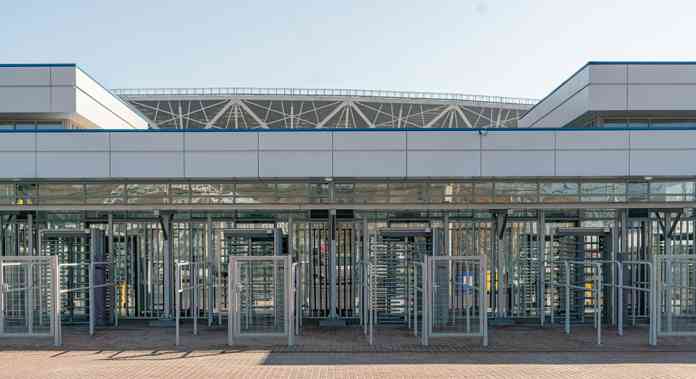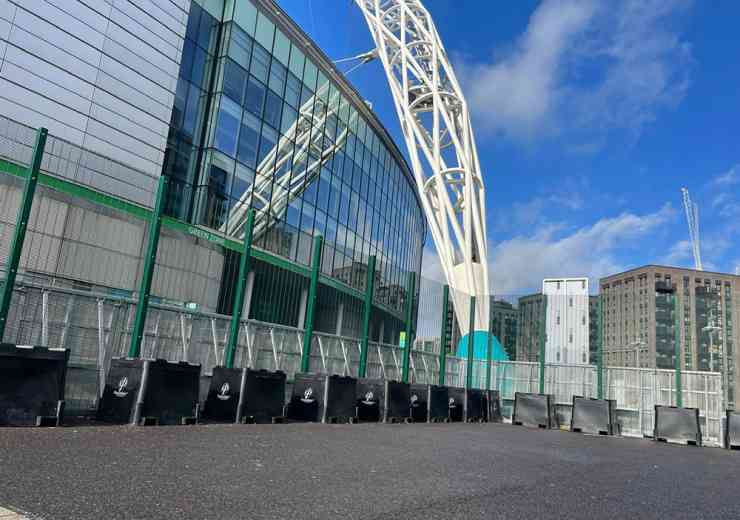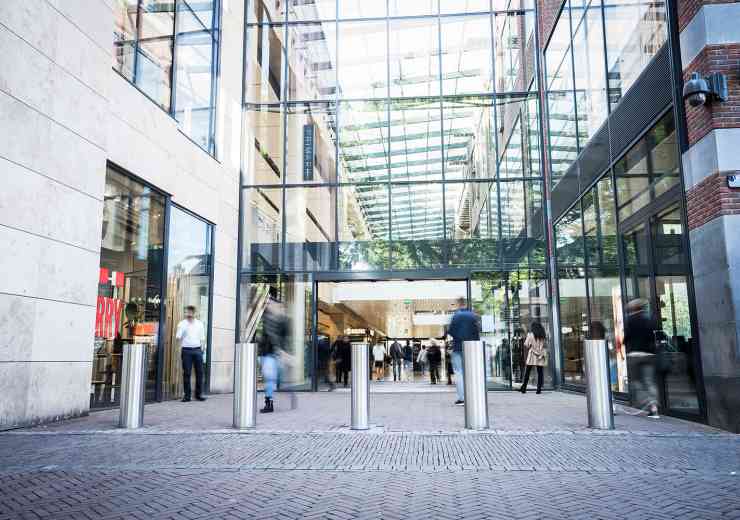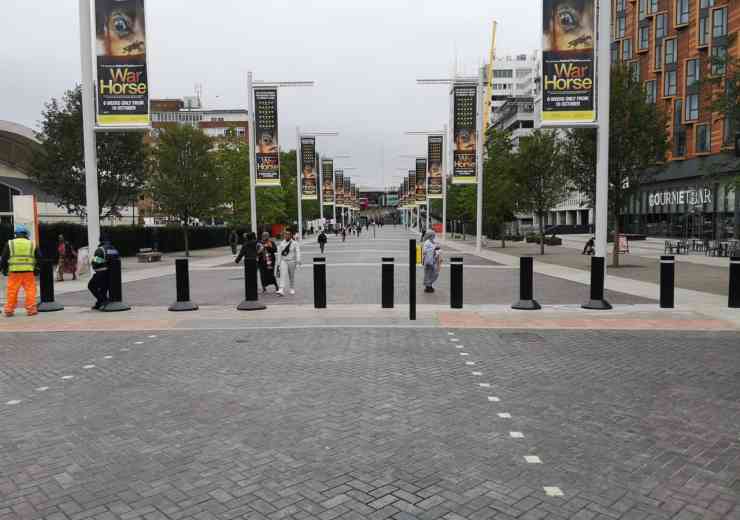
Considering all aspects of perimeter security
Perimeter security is essential to prevent break ins and break outs. A marked, safe and secure perimeter is crucial to protect any property, especially if the building is high-risk or in a high-risk area
Physical barriers are the most obvious sign of perimeter security, i.e. fences, gates and walls, but there are many other aspects, including technology, security systems, alarms and cameras, and good perimeter security encompasses all of these things.
Physical perimeter security
Physical barriers have been used for thousands of years as an effective way to protect people and property, but nowadays these physical barriers are much more advanced and quicker to install.
Physical security is often the most obvious aspect of perimeter security and often acts as the best deterrent as well. The better your physical perimeter security, the less likely it is that someone will try and break in.
Today, physical perimeter security can range from simple fences and hedges right up to electric gates.
Consider your circumstances
It is important that whatever physical security you are installing, that it matches your specific circumstances with high-risk or sensitive areas obviously needing more protection. Specialist businesses, contractors and consultants can help you to pick the protection that is right for your property, as well as install it.
On this note, it is important to consider physical barriers that can adapt to the requirements of the location in question. This could be rising bollards to prevent access by unauthorised vehicles or an electric gate to keep out unwanted visitors on foot.
One obvious example of an adaptive physical barrier is to consider extra protection at night or at weekends when the premises may be empty. Many premises have a barrier or gate that is only closed overnight to protect the property when there is not the high footfall or human security option present.
However, you need an access control system in order for these to work. This could be in the form of a control panel with a passcode, or for a more secure system, issuing individual access keys or key cards to authorised persons so you know who is entering and when and to prevent something like a passcode being shared across too wide an area. Individual keycards also help to improve fire safety measures and evacuation procedures as you know who is and isn’t in a building at any one time.
For extremely high-risk areas, you can even consider biometric-enabled access control.
Layers
You should also consider different
layers of perimeter security, the most obvious being the property boundary and the building itself, though there are several other factors to consider in between.
Perimeter security can be alarmed to notify those responsible for security in the case of unauthorised entry.
Perimeter CCTV is also an important consideration. CCTV deters any would be criminals from breaking in in the first place, as they know there will be evidence and they could be identified. It also ensures that the physical barriers are monitored for any vulnerabilities and that the perimeter can be remotely monitored, as well.
Perimeter lighting is an integral part of perimeter security. This is often motion-activated to save energy. Again this acts as a deterrent.
Good perimeter security will encompass all of the above, thought the most important thing is that it is relevant to and suitable for your premises to provide the best security possible or needed on your budget.
















